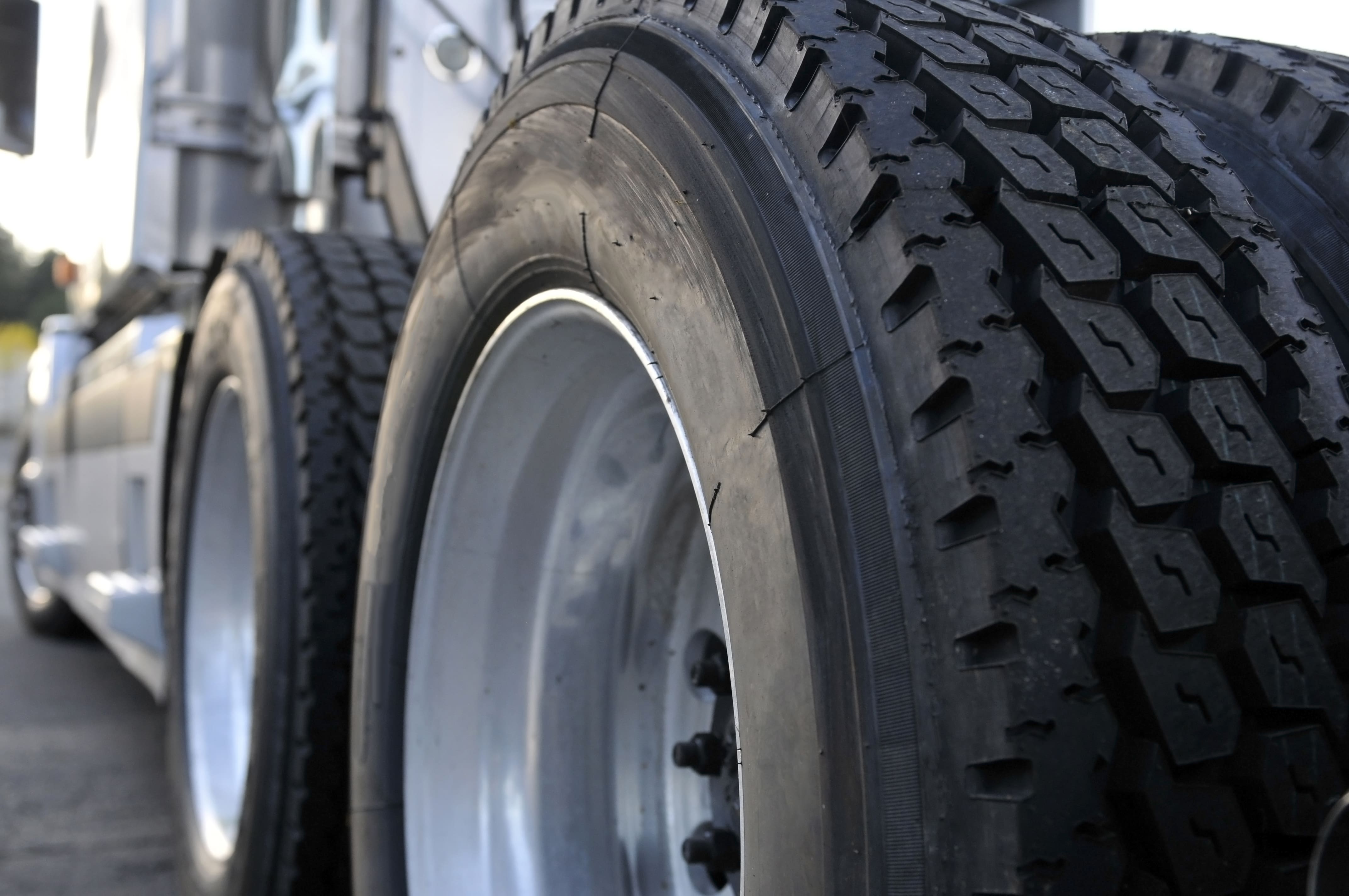
Let’s face it. Fleet truck drivers, on the whole, are not terribly concerned with the proper maintenance of truck tires.
Especially now, with mandatory electronic logs that are keeping them accountable when on duty, they’re less likely than ever to lose driving time to perform an “unpaid” task on their own, like ensuring their tires are functioning safely and optimally at all times.
For example, drivers are often re-inflating tires that have run 20% or more in an under-inflated condition. And this is a problem, even with those drivers that do check inflation pressure regularly. They may not be aware of the potential dangers of personal injuries or blowouts on the road when a tire in low-pressure condition is simply topped up and considered to be road-worthy again.
Commercial/Vocational truck safety is a constant concern with fleet owners, and being vigilant about tire safety is a primary concern that both drivers and their supervisors should be making a priority.
Below, we have listed 6 tips that will keep tire performance high, extend tire life, and keep vehicles and drivers safe on the road:
# 1: Always Be On `Gator’ Alert
Gators are pieces of tire left on the road when a retread tire shreds. The textured lengths of broken-off rubber, with ridges and scales, look like the back of alligators, and hence their name. Road Gators are most often encountered on interstates where the speed limit is 70 mph-75 mph.
The reason Road Gators pose a danger to truck drivers is this: they can potentially rip steering components, damage oil pans or even smash through the windshield. Being watchful of them, especially during low-light conditions, is necessary when you’re driving cargo-laden or any other kind of vocational trucks for long hours at a stretch.
# 2: Recap Treads Frequently
Treads are the part of the tire that maintains traction with the road. Address any signs of wear and tear as soon as possible. The Penny Test is a good way to check on this. To do this test, put a penny into a groove on the tread, head pointing down. The tread is too worn when the top of Lincoln’s head is visible
You can retread thick-bodied, quality tires to give them a new lease of life. This process — called “recapping” – is a smart way to make expensive tires work longer for you.
# 3: After Every 5,000 Miles, It Is Time To Rotate
Tires don’t wear out equally because vehicles aren’t perfectly balanced quadrilaterally. Rotation is the solution, because when you shuffle tires around, they are more likely to sustain a similar amount of wear and tear and finally need replacement at the same time.
The standard schedule for rotation is usually between 5,000 miles and 8,000 miles. The manufacturer’s manual will give you the precise, recommended date. Maintaining a system where you rotate tires per brand instructions for every truck in your fleet will pay off in the long run, because tires are a big financial investment.
# 4: Don’t “Mix” Tires
In other words, avoid pairing a normal tread depth with a deeper one, or a radial with a bias-ply tire.
# 5: Pay Attention To Storage
Tires can age pre-maturely if they are not stored in a cool, dry place that is sheltered from direct sunlight. This can then significantly reduce their working life. Washing them regularly is another way to hold off pre-mature aging.
# 6: Every Trip Merits An Inspection
Before a rig goes out, or after it comes in, it is important to inspect the tires for damages. Drivers are not always aware of damage to their tires. Especially during low-light hours, they run the risk of a blow-out, costing the fleet company time and money. After all, a simple inspection at the end of a trip can easily locate and rectify these problems.



